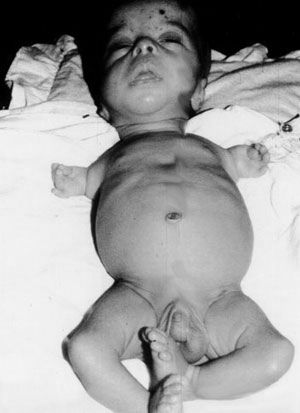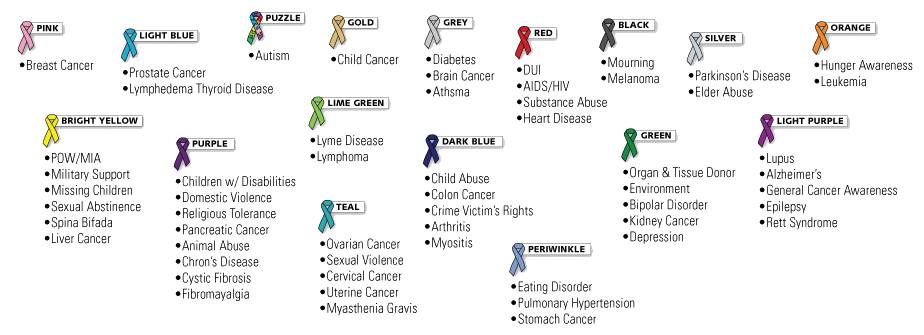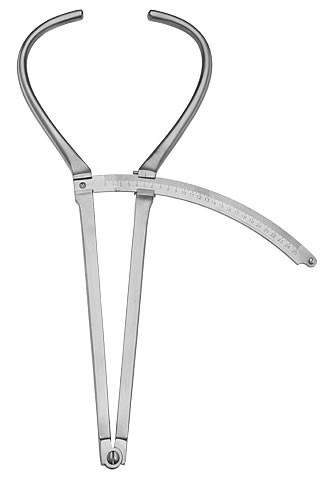3 Fortuitous Medical Discoveries
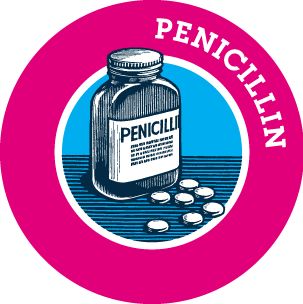
Insulin
Frederick Grant Banting and Professor John James Rickard MacLeod shared a Nobel Prize in 1923 for isolation and clinical use of insulin against diabetes in 1923 for isolation and clinical use of insulin against diabetes. In 1889, German physicians Joseph von Mering and Oscar Minkowski removed pancreas from a healthy dog in order to study the role of pancreas in digestion. Several days after the dog’s pancreas was removed, they noticed a swarm of flies feeding on a puddle of the dog’s urine. On testing to determine the cause of the flies’ attraction, the doctors realized that the dog was secreting sugar in its urine, a sign of diabetes. Because the dog had been healthy prior to the surgery, the doctors knew that the diabetic condition was created by removing pancreas and thus understood for the first time the relationship between the pancreas and diabetes. With more tests, Mering and Minkowski concluded that a healthy pancreas must secrete a substance that controls glucose metabolism in the body. Though many scientists tried to isolate the particular substance released bythe pancrease, Banting and Charles Herbert Best were successful in isolating insulin in pancreatic extracts of dogs.
Penicillin
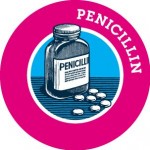 Penicillin, the first true antibiotic, was discovered by Alexander Fleming, Professor of bacteriology. Returning from holiday on September 3, 1928, he began to sort through pteri dishes containing colonies of Staphylococcus. He noticed something unusual on one dish. It was dotted with colonies, except for one area where a blob of mold was growing. The zone immediately around the mold – later identified as a rare strain of Penicillium notatum – was clear, as if the mold had secreted something that inhibited bacterial growth. He found that his “mold juice” was capable of killing a wide range of harmful bacteria, such as Streptococcus, Meningococcus, and Biphtheria bacillus. The chemical structure of penicillin was determined by Borothy Crowfoot Hodgkin in 1945. Howard Florey and Ernst Boris Chain (credited for mass production) shared the 1945 Nobel prize in medicine with Fleming.
Penicillin, the first true antibiotic, was discovered by Alexander Fleming, Professor of bacteriology. Returning from holiday on September 3, 1928, he began to sort through pteri dishes containing colonies of Staphylococcus. He noticed something unusual on one dish. It was dotted with colonies, except for one area where a blob of mold was growing. The zone immediately around the mold – later identified as a rare strain of Penicillium notatum – was clear, as if the mold had secreted something that inhibited bacterial growth. He found that his “mold juice” was capable of killing a wide range of harmful bacteria, such as Streptococcus, Meningococcus, and Biphtheria bacillus. The chemical structure of penicillin was determined by Borothy Crowfoot Hodgkin in 1945. Howard Florey and Ernst Boris Chain (credited for mass production) shared the 1945 Nobel prize in medicine with Fleming.
Pacemaker
During the late 1950s Wilson Greatbatch, a Professor of University of Buffalo, was working with cardiologists to find a way to record human heart sounds. One day, while constructing an experimental machine for this purpose, he decided that he needed to install 10,000 ohm resistor. Greatbatch reached into his toolbox and inadvertently pulled out a 1,000,000 ohm resistor. Once he had installed the “wrong” resistor, Greatbatch checked the circuit. There was a pulse for 1.8 milliseconds, then a second’s silence, then another pulse. It sounded just like a heartbeat. The next task was to shrink the new machine to manageable proportions. Within 2 years, he had come up with the world’s first implantable cardiac pacemaker, saving millions of lives. Then to complete the job, he invented a non-corrosive lithium battery to power it. His pacemaker has prolonged the lives of millions including Dick Cheney and Mother Teresa.


